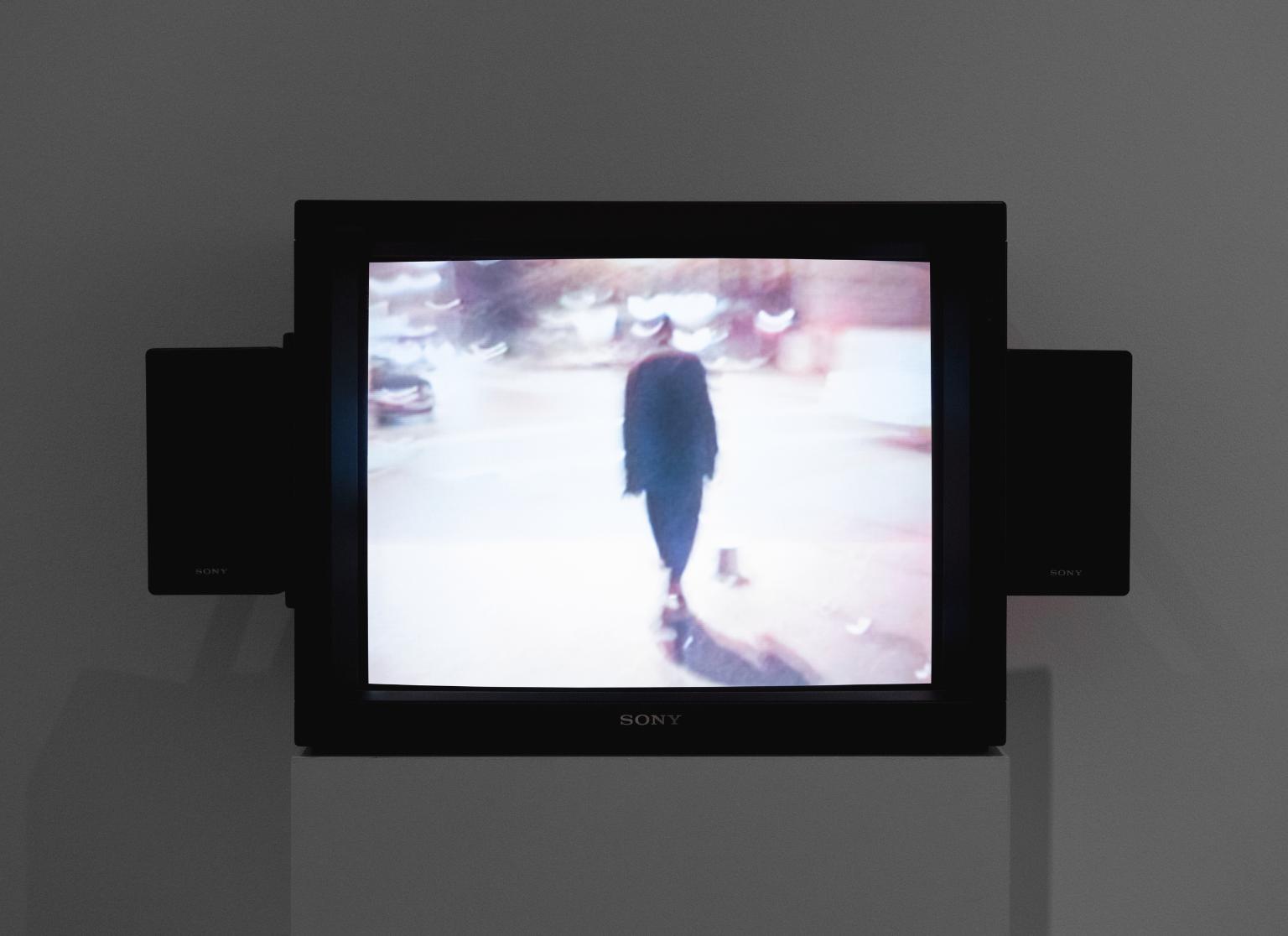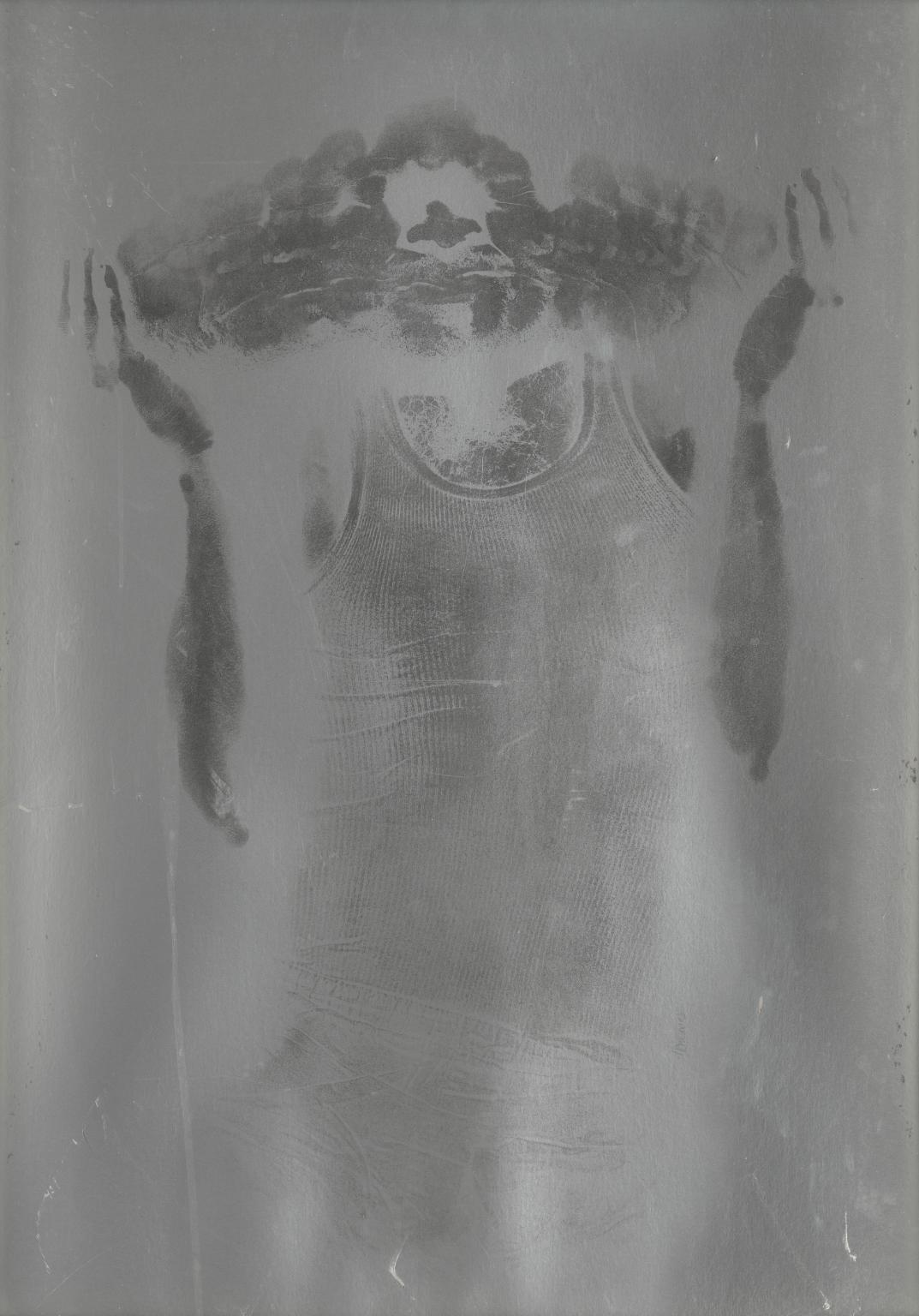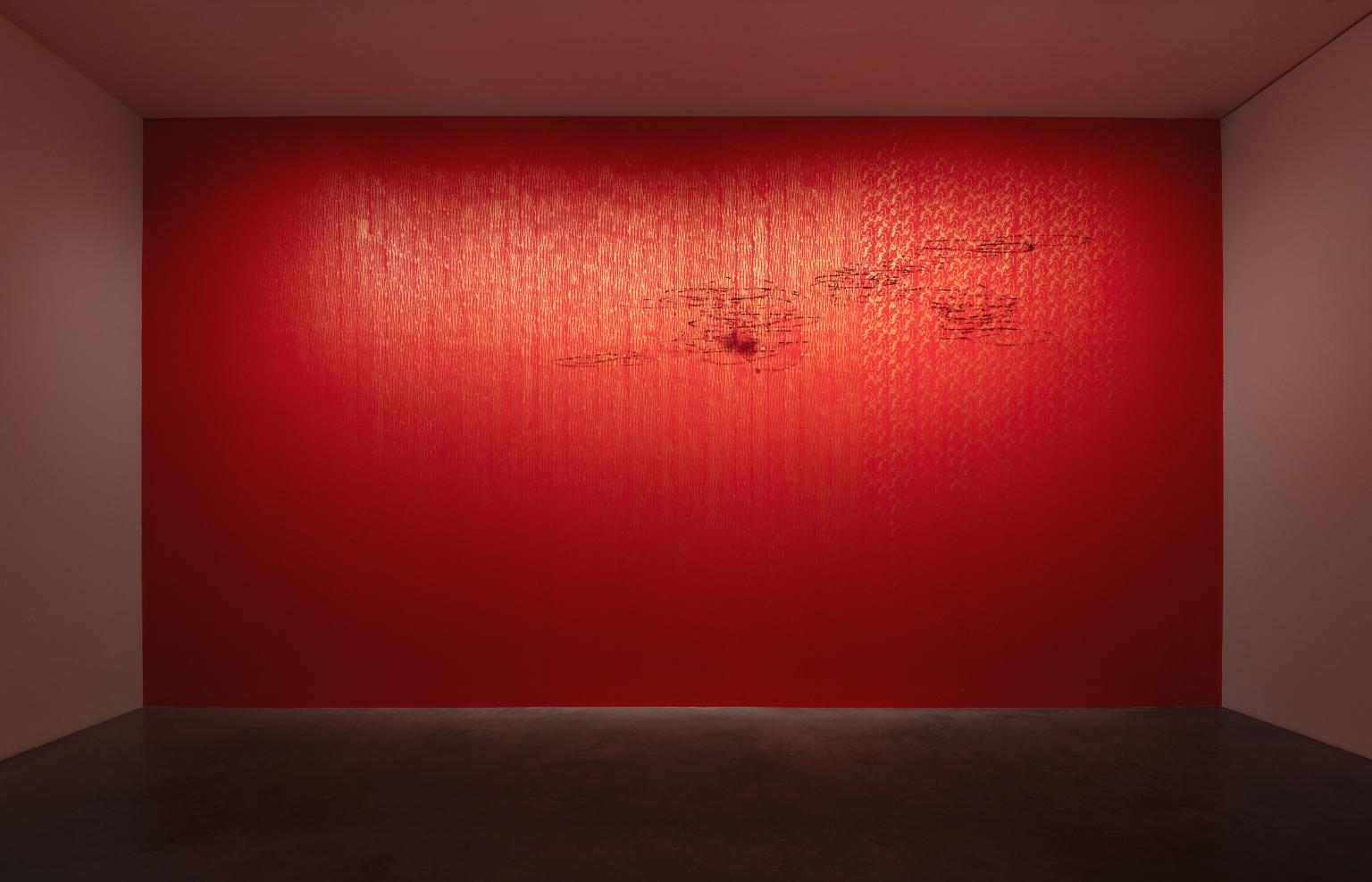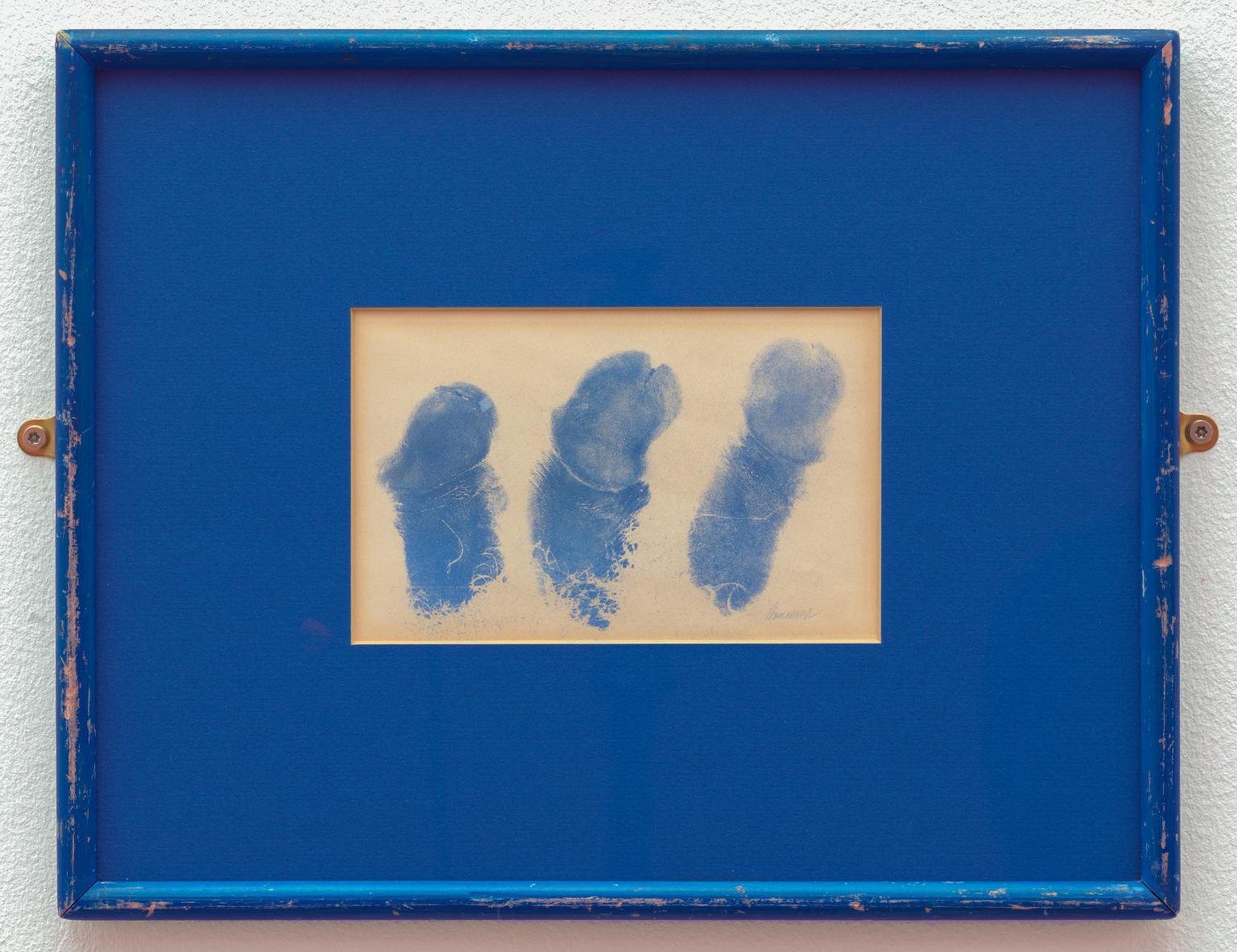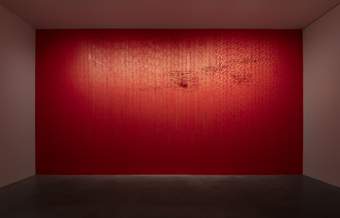9 rooms in Materials and Objects
In this room, discarded materials are transformed into artworks, playing with cultural assumptions of value
Across his six-decade career, David Hammons has consistently challenged the conventions of artmaking. His sculptures, installations, prints and performances use found materials others might consider waste – from cooking fat, to hair swept from barber shop floors. They question notions of fine art and test the limits of museum conservation. Hammons regularly works outside traditional studio and gallery environments, positioning himself as an art world outsider. ‘I like doing stuff better on the street’ he notes, ‘because the art becomes just one of the objects that’s in the path of your everyday existence. It’s what you move through, and it doesn’t have any seniority over anything else.’
Born in 1943, in Springfield, Illinois in the United States, Hammons studied art in Los Angeles before moving to New York in 1974. He is associated with the Black Arts Movement (1965-1970s), a group of writers, musicians and artists who sought to address the needs and aspirations of Black America. The movement was characterised by the creation of new African American led organisations and works of art that reflect Black pride, heritage, and contemporary experience. Hammons’ practice incorporates materials, objects, imagery and language associated with everyday African American life. ‘Whatever you see a lot of’ the artist notes, ‘you can use, you can build something off of.’ The resulting artworks explore his personal experiences while challenging broader cultural stereotypes. Hammons notes: ‘I think I spend eighty-five percent of my time on the streets as opposed to in the studio. So, when I go to the studio I expect to regurgitate these experiences of the street. All the things I see socially – the social conditions of racism – come out like a sweat.’
Tate Modern
Natalie Bell Building Level 4 West
Room 3
Ongoing
This display forms part of the D.Daskalopoulos Collection Gift.
Art in this room
